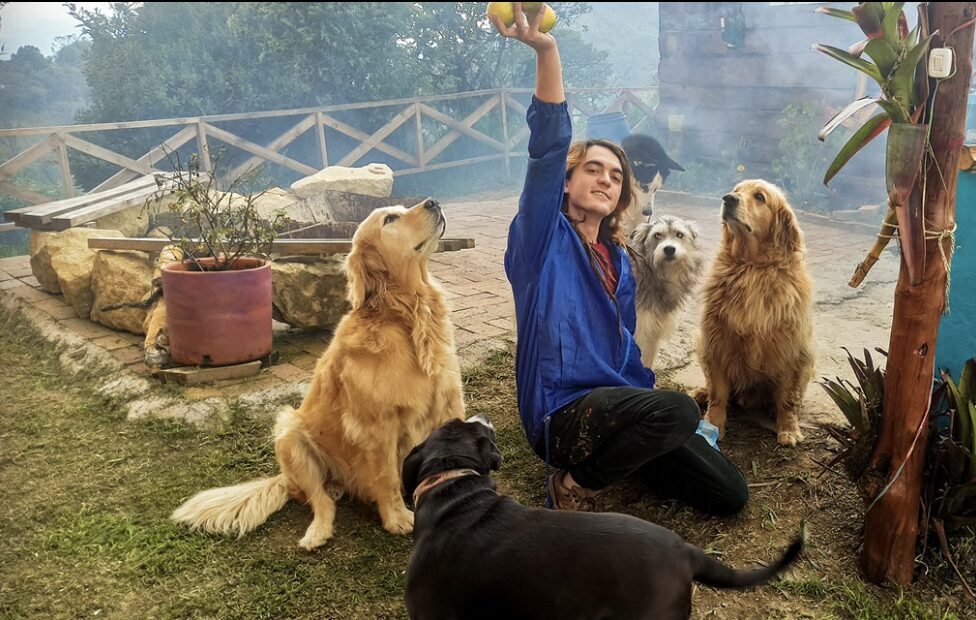- MYSTICAL PAINTING PSYCHEDELIC ART DECOR ALL MODERN ARTWORK STATEMENT WALL ART HAND-PAINTED VISIONARY ART ART PRINTS ON SALE WORLDWILD SHIPPING
- MYSTICAL PAINTING PSYCHEDELIC ART DECOR ALL MODERN ARTWORK STATEMENT WALL ART HAND-PAINTED VISIONARY ART ART PRINTS ON SALE WORLDWILD SHIPPING


